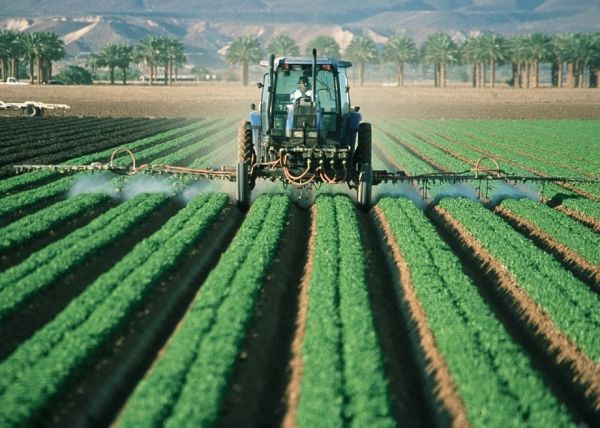A new paper out today in Nature Geoscience identifies fertilizer and pesticide applications to croplands as the largest source of sulfur in the environment—up to 10 times higher than the peak sulfur load seen in the second half of the 20th century, during the days of acid rain.
As a result, CU Boulder researchers recommend greatly expanded monitoring of sulfur and examining possible negative impacts of this increase, including increasing levels of mercury in wetlands, soil degradation and a higher risk for asthma for populations in agricultural areas.
“Sulfur in agriculture is used in many different forms, and we haven't studied broadly how those different forms react in the soil,” said Eve-Lyn Hinckley, lead author of the study, assistant professor of environmental studies and fellow at the Institute of Arctic and Alpine Research (INSTAAR) at CU Boulder. “No one has looked comprehensively at the environmental and human health consequences of these [agricultural] additions.”
Sulfur is a naturally occurring element and an important plant nutrient, helping with the uptake of nitrogen. It’s mined from underground through fossil fuel extraction and for the creation of fertilizers and pesticides. But sulfur is also highly reactive, meaning it will quickly undergo chemical transformations once its stable form surfaces—affecting the health of ecosystems and reacting to form heavy metals that pose a danger to wildlife and people.
Read more at University of Colorado Boulder
Photo Credit: skeeze via Pixabay


